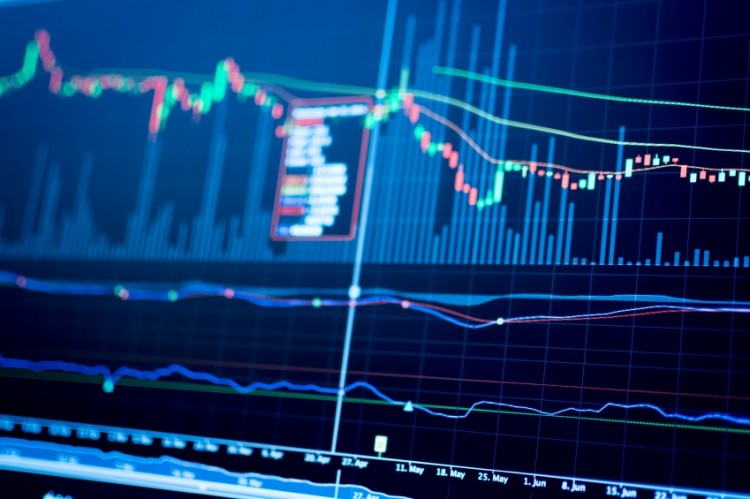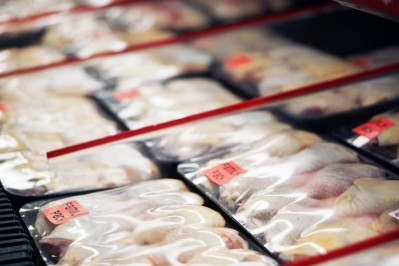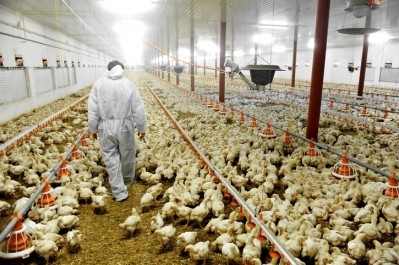Rabobank: Increasing volatility in poultry market

The main driver is ongoing volatility in trade, mainly associated with Brazil. This includes the EU restrictions on several Brazilian export plants, changing halal standards in Saudi Arabia, the ongoing impact of the Q2 truckers strike in Brazil, and the recent safeguard on Brazilian chicken imports set by China.
Rising volatility in global grain and oilseed prices, a result of drought and trade issues, is also challenging the poultry outlook. In addition, concerns about new avian influenza (AI) outbreaks are rising as we approach the northern hemisphere winter.
The recent African swine fever (ASF) outbreaks in China can also indirectly impact global poultry market, said Nan-Dirk Mulder, senior analyst, animal protein.
“If the outbreaks spread quickly, significant liquidation of China’s pig herd could occur, pressuring all meat prices in China. This could reverse in 2019, with Chinese consumers turning from pork to poultry, pushing up local prices.”
These challenges can paint a somewhat pessimistic picture, while in reality, poultry industry performance is still good in most parts of the world, he cautioned.
The sector in Asia, Africa and Europe is currently showing healthy margins, based on balanced supply and demand, said Mulder. The exceptions have been Brazil, and, to a lesser extent, Thailand, which has been threatened by oversupply.
The South African poultry industry has turned around following a period of challenging market conditions. “This is also the case for China where the industry had suffered for years, with declining demand and low prices. This is gradually changing, and prices have moved up to healthy levels.
The EU industry is also performing well, benefiting from a balanced market supply and restrictions on Brazilian chicken imports. This has pushed up prices by 10 to 15%.
South East Asia’s performance in general is also fine, especially industries in Indonesia, India and the Philippines.”
Exporters, except the EU, said the analyst, are in weakest performing countries. “Brazil is in the weakest position, with sluggish domestic demand and rising local feed costs in addition to restricted exports.”
Soybean and grain prices
Recent swings in soybean and grain prices are largely due to weather uncertainty but also the 25% import tariffs on US soybeans by China, he continued.
“This has led to more volatile conditions that that seen over the past three years, and this [volatility] will stay in 2H 2018, when the soybean tariff will further impact markets if Chinese stocks fall.”
He does anticipate increased volatility coming from the feed side in H2 2018, with that impact varying from region to region.







